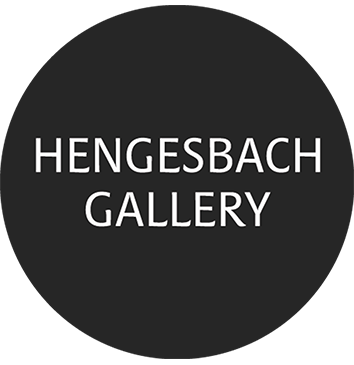Lennart Martin · Björn Siebert · Markus Willeke
May 12 – August 9, 2024
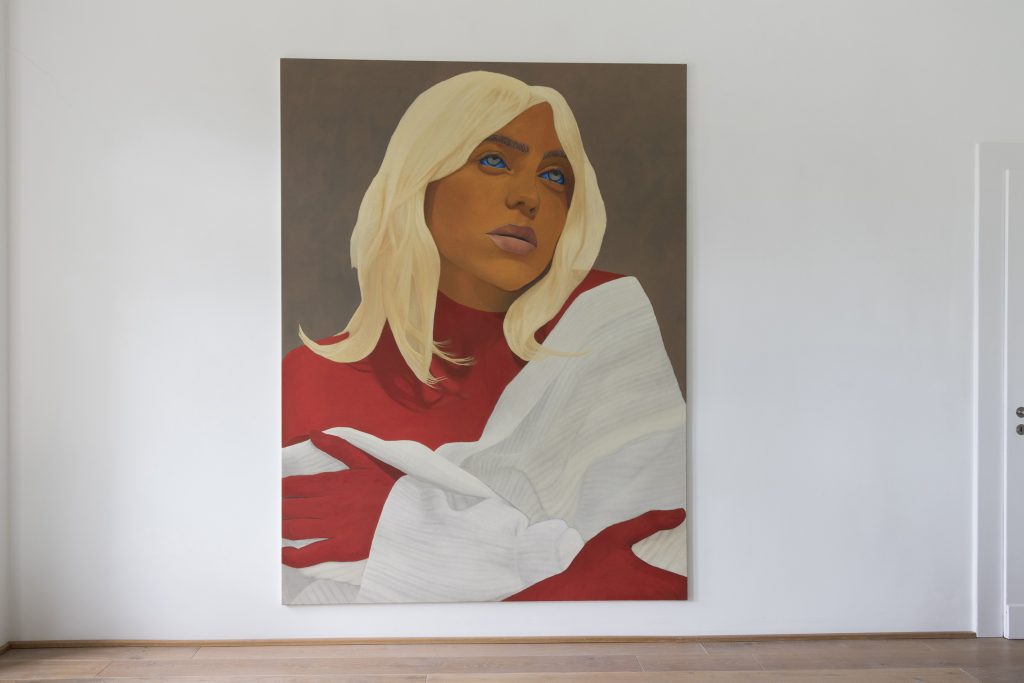
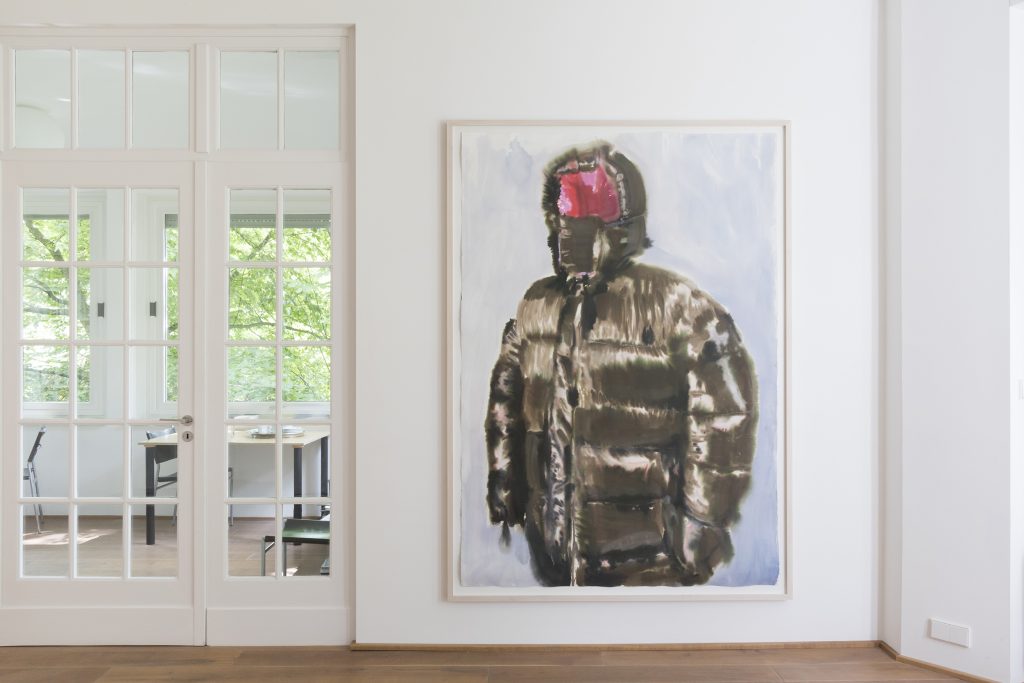
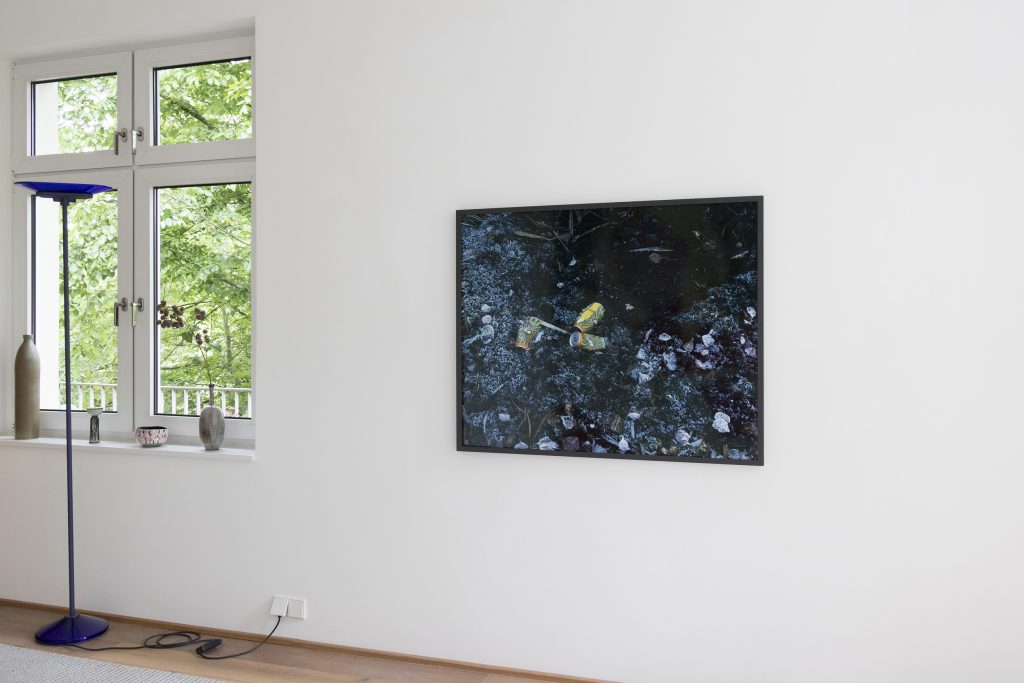
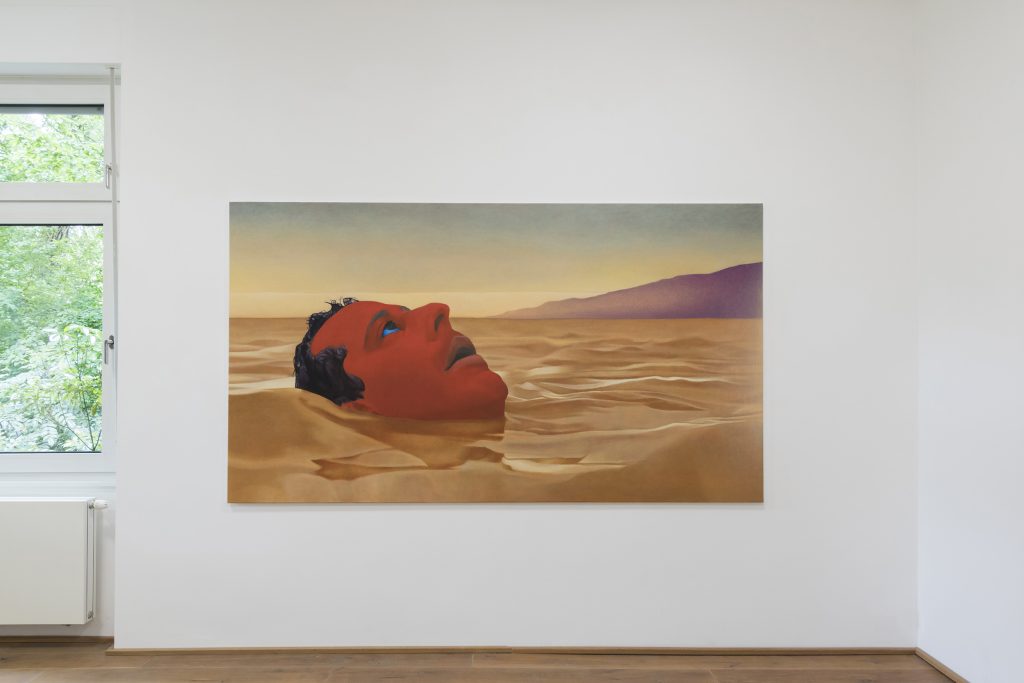
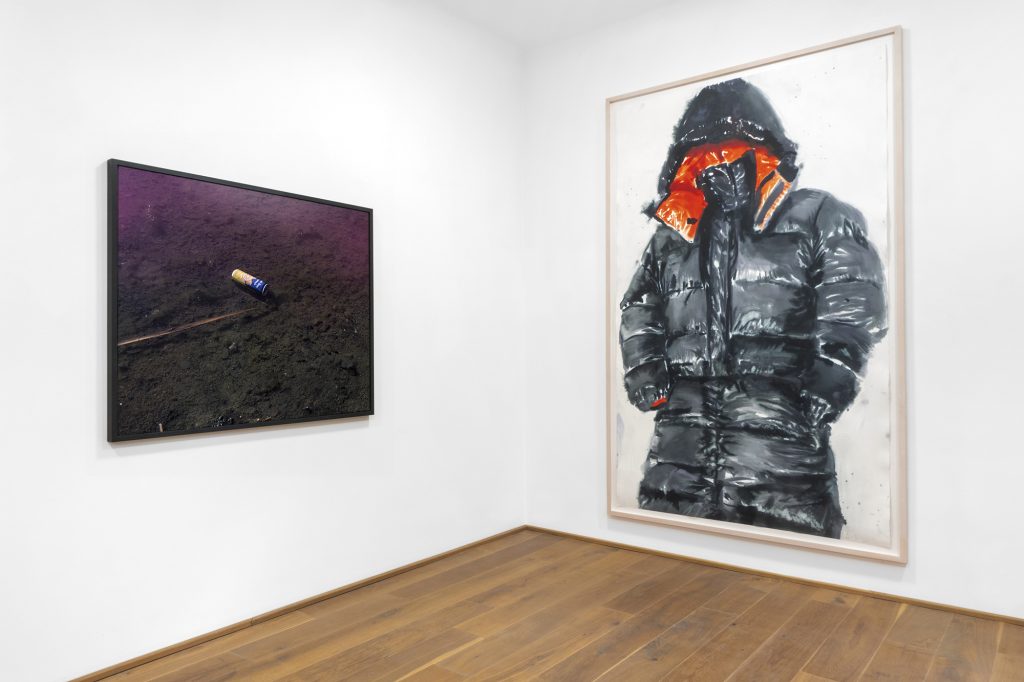
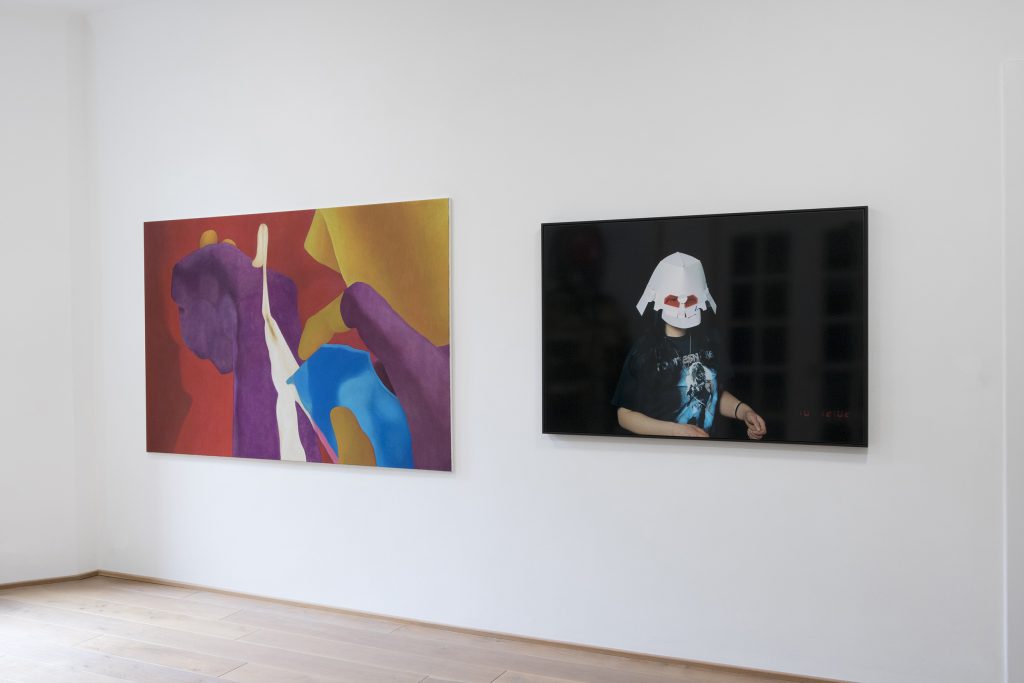
Photos: Dirk Wüstenhagen
The term “Menetekel” refers to signs of impending doom, which, deriving from its biblical origin, concern signs that do not explicitly announce the impending threat but rather leave the latent, underlying danger ominously lurking. In visual arts, such signs can be created through ambiguous motifs and formally through peculiar color combinations, strange lighting, enigmatic contrasts, or unnatural figurations and settings. Surfaces may be obscured, leaving it unclear what lies beneath them, what physical volume and force the formations on the surface possess, and, if depth is only implied, how it unfolds.
The exhibition addresses the suggestive possibilities of painting and photography, pointing to networks of cultural practices that continually provide us with subtle references to the intangible, eerie, and shocking, and relate us back to the past. In the flatness of visual art, the physicality is reduced, usually only suggested. This predisposes it to address the dominant phenomenon of our time, the increasingly strong rise of virtuality and its intermingling with reality. Not only are images of reality increasingly permeated by distortions, beautifications, cleansings, and stylizations, but our expectations are also increasingly filled with illusions and semblances. The uncanny today is the virtual.
The exhibition presents three artists, two painters and one photographer. All three engage with media images, their characteristics, and their impact on us. They are also formally bound by an interest in the color red: warmth, heat, glow, the effervescent, blood.
Lennart Martin has developed a tool within painting that accentuates latent tensions and undercurrents in self-representations produced by our contemporary media and makes them explode on the surface. The motifs can be taken from the pop culture domain or from films as stills. Martin does not paint his motifs by projection but as a freehand drawing. He first focuses on the pure light values and then, in a second step, applies color, dividing the image field into intense, sharply defined color zones that transform the image into a kind of backlit surface like a laptop. These color zones disrupt original contexts while simultaneously strengthening connections within the zones, so that the overall view of the image reveals a series of antagonistic actors who pull the ground from under our feet and immerse us in a virtual realm where not only the present but also motifs from the past are constructed.
Björn Siebert focuses on the generation in whose lives digital culture has most deeply penetrated, the youth. What messages do they send, how do they stage themselves, what do they find interesting, what do they see, what do they imitate or reshape, share on social networks, and thus feed back into imitative dependencies. Siebert explores the social networks and their pictorial relics. After a very thorough review of materials, he selects individual specimens to understand them in a precisely dissecting process, like an archaeologist, and then to restage them as a remake in a different photographic format, which extends the originally spontaneous act into a prolonged gaze. In doing so, he exposes mysterious undercurrents that often seem incomprehensible. For instance, how can it be that a young generation, critical of gender roles, still equips itself with the utensils and cultural symbols of their fathers’ generation, while at the same time, in a kind of protective purification, catapults itself into another sphere as Darth Vader White and escapes from the father?
In Markus Willeke’s work, the observation of societal changes in the modes of representation within our culture coincides with a stretching of his mastery over artistic materials. Just as our cultural practices increasingly elude transparency in media transformation, mixing suggestions of reality, desires, expectations, possibilities of shaping, and self-stylizations, Willeke brings the pigments of his inks into a barely manageable, enigmatic blending and illuminating in his watercolors, particularly evident at the edges. His subjects are bodiless winter jackets that we recognize from advertising, but their artistic presentation turns them into ghosts, leaving us unsure of how much they might dominate us. Their volume seems no longer tied to a physical base; they appear to stretch freely and uncontrollably, bursting into lightness, detaching from their own materiality, and floating into a spherical space where there is no longer any ground connection. In the hood part, the volume is torn open to a gaze that explodes into the world, while it expands into a red indeterminacy.
